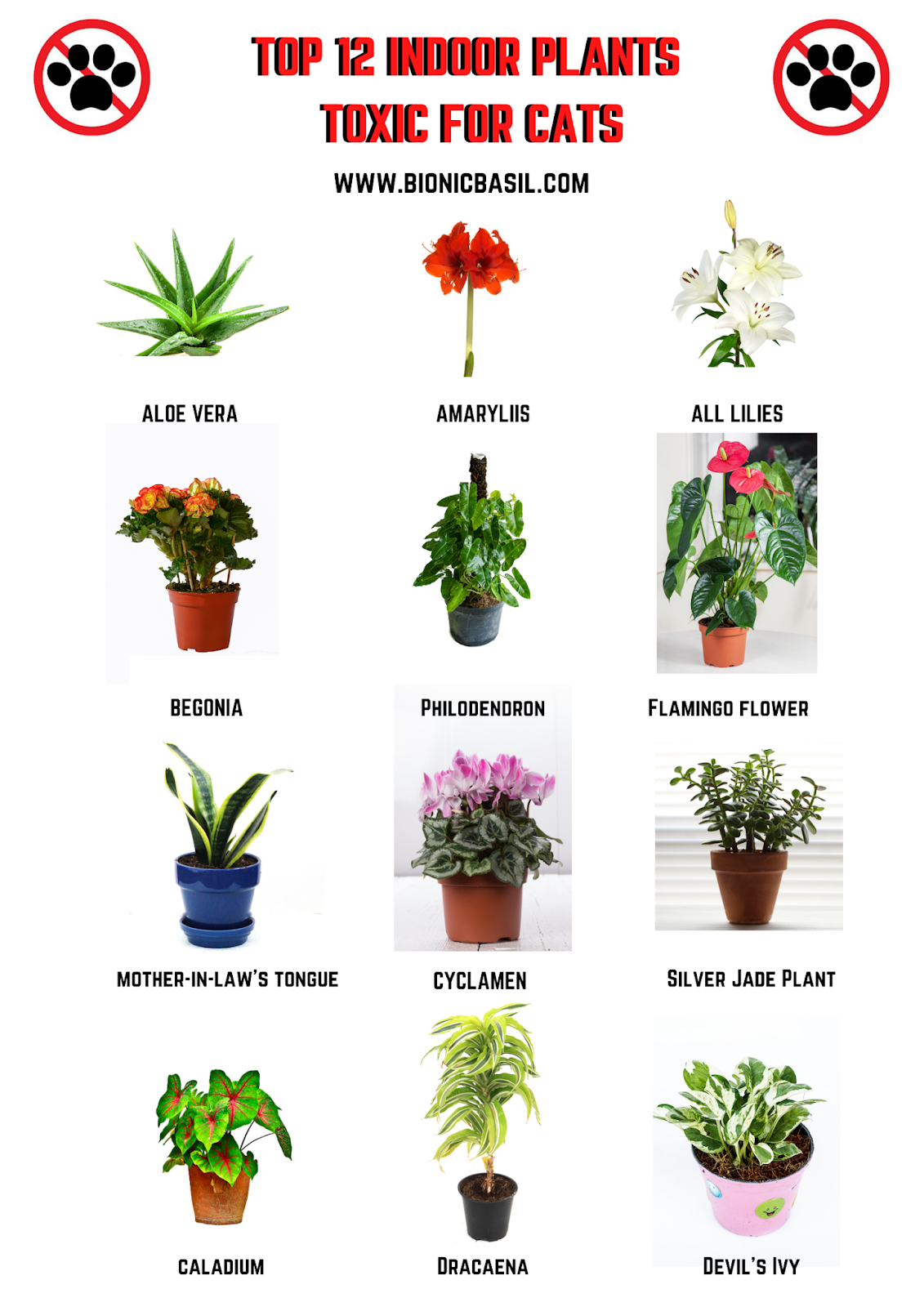Learn Toxic Plants Harmful to Cats

Introduction
Imagine this: You come home after a long day, ready to unwind in your lush, green garden. Your feline friend, curious as always, join you. Suddenly, you see your cat nibbling on a seemingly innocent plant. Pauses. Does panic set in? It should if you don’t know toxic plants identification. Cats are like children; they explore their environment with taste and touch. Protecting them is crucial. So, let’s talk about what plants are toxic to cats and how you can ensure feline safety in your home and garden.
What Plants Are Toxic to Cats, and Why Should You Care?
The Dangers Lurking in Your Garden
Your garden might look like a paradise, but it could be hiding pet-dangerous flora that threaten your cat’s life. Understanding toxic plants identification starts with recognizing the most common offenders. Lilies, for instance, are beautiful but incredibly deadly to cats. The ASPCA warns of cat pet health risks with just one bite from a lily, which can cause kidney failure. Other common culprits include azaleas, tulips, and daffodils. These plants may seem harmless, but ingestion can lead to severe vomiting, lethargy, and even seizures.
But why do cats eat plants? It’s a behavior known as “plant eating,” where cats instinctively munch on greenery. This could be due to a nutritional deficiency, boredom, or to induce vomiting if they feel unwell. Without proper toxic plants identification, your garden could become a dangerous playground for your curious feline.
Inside Your Home: Hidden Hazards
Toxic plants identification isn’t just about your outdoor space. Your indoor environment can also be a hotbed of pet-dangerous flora. Dieffenbachia, often called “dumb canes,” are famous indoor plants, but they can cause immediate burning and swelling in your cat’s mouth. Peace lilies, though a common household plant, can cause oral irritation, excessive drooling, nausea, and vomiting. Even pothos, a popular vining plant, is toxic to cats, leading to oral irritation, vomiting, and issues with swallowing.
So, what can you do to ensure a home-safe and garden-safe environment for your cat? Start by removing or relocating these plants to areas your cat can’t access. Consider using hanging baskets, high shelves, or even dedicated cat-proof rooms for your greenery. Every precaution counts when it comes to cat pet health.
Feline Safety Tips for Your Home Pet-Safe Garden
Understanding and Preventing Plant Toxicity
Toxicity in cats often depends on the type of plant, the amount ingested, and your cat’s individual sensitivity. Some plants might cause mild symptoms, while others can be fatal within hours. Symptoms can range from vomiting and diarrhea to seizures and coma. Every cat owner should be familiar with common toxic plants identification, but also recognize the signs of poisoning.
You recognize the “table salt sprinkled throughout the garden metaphorically” meaning your home and garden need careful planning and awareness to create pet-safe spaces, with beneficial round-the-year planning. Can you imagine an entire growing season without worrying about what your cat might ingest? Almost seems utopian, but it’s achievable.
If you suspect your cat has ingested a toxic plant, act fast. Contact your veterinarian immediately for advice and have the pet poison hotline number (1-855-764-7661). Early intervention can make a significant difference in your cat’s prognosis. Prevention is always better than cure, so arm yourself with knowledge about specific toxic plants identification in your area.
Creating a Pet-safe Garden: Practical Steps
To create a home pet-safe garden, think beyond the obvious. Make sure to cover soil with mulch to prevent your cat from digging. Use natural deterrents like citrus peels or coffee grounds around plants to keep your cat at bay. Train your cat to avoid certain areas using positive reinforcement. Most importantly, educate yourself on toxic plants identification and always keep the pet poison control number handy.
Conclusion: Take Action for Pet Safety
Identifying and removing toxic plants from your home and garden is not just a good deed for your cat; it’s a necessity for cat pet health. Whether it's a lush outdoor garden or a cozy indoor space, every plant-loving cat owner should strive for feline safety. The key to a cat-friendly environment lies in proactive measures and knowledge of what plants are toxic to cats.
Take action today. Do a little research, walk around your garden, and scrutinize your indoor plants. Replace the poisonous ones with cat-safe alternatives. Your feline friend will thank you with a healthier, happier life. Don't let ignorance put your cat's life at risk. Be proactive, and ensure a pet-safe environment for your furry companion. Click through to more resources on toxic plants identification and feline health to equip yourself better for the task ahead.
FAQs
Q1: How can I identify toxic plants in my garden?
A1: Research common toxic plants like lilies, azaleas, and tulips. Use reliable online databases or consult with a local nursery for specific regional plants dangerous to cats.
Q2: What should I do if my cat shows signs of plant poisoning?
A2: Contact your veterinarian immediately. Have the Pet Poison Helpline number handy (1-855-764-7661)and try to identify the plant your cat ingested for better diagnosis and treatment.
Q3: Are there any cat-friendly plants I can use in my garden?
A3: Yes, consider plants like catnip, cat grass, and spider plants, which are safe for cats and can provide them with environmental enrichment.
Q4: How can I deter my cat from eating plants?
A4: Use natural deterrents like citrus peels or coffee grounds, train your cat with positive reinforcement, and keep toxic plants out of reach.
Q5: What are some common indoor plants toxic to cats?
A5: Common toxic indoor plants include peace lilies, dieffenbachia, and pothos. Make sure to replace these with non-toxic alternatives like Boston ferns or palms to ensure a cat-friendly home.
```
0 Response to " Learn Toxic Plants Harmful to Cats"
Post a Comment